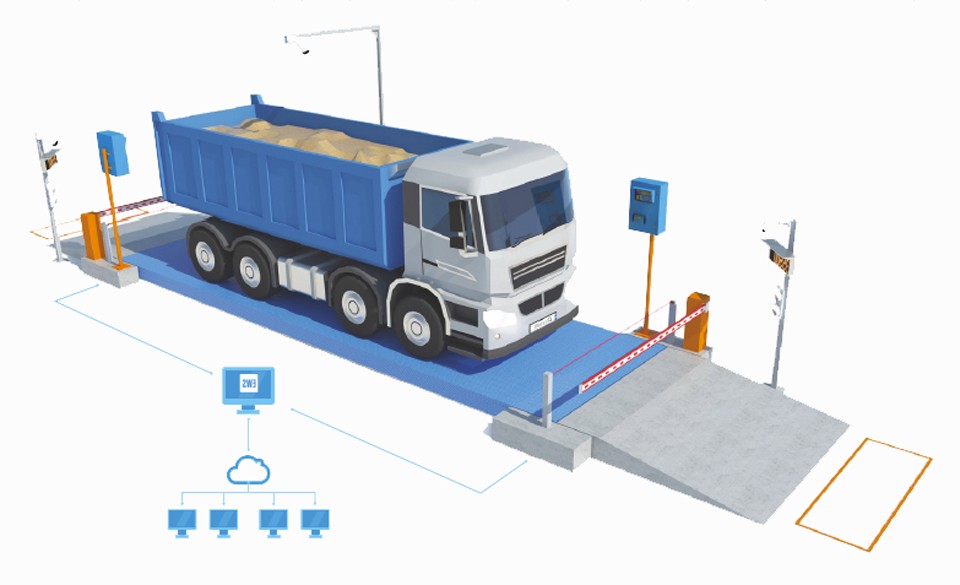The Operation and Management of Weighbridges System

In order to effectively regulate overloading in the EAC Partner States, a coordinated approach to a multitude of issues relating to weighbridge system operation and management is required. These elements include:
• Weighbridge type and characteristics;
• Weighbridge location on regional road network;
• Weighbridge management;
• Weighbridge operations and procedures;
• Personnel involved in overload control procedures;
• Weighbridge verification and calibration
Purpose and Scope
The goal of this chapter is to propose a unified strategy to weighbridge operation and management in the EAC region, based on regional (SADC/COMESA) and international best practices. The ultimate goal is to achieve efficient and effective overload control in the EAC region as a foundation for decreasing accelerated road network depreciation and, as a result, lowering total transportation costs.
Background Information for Assessing Existing Situation
Background information on various areas of weighbridge system operations and management, including quality management, approaches. This provides a good framework for reviewing the current situation’s quality by allowing comparisons to be made between these quality standards and those currently in use in the EAC Partner States.
Fixed/Static Weighing Systems
A multi-deck weighbridge (also known as a split-deck weighbridge) consisting of four individual decks with lengths of 3 m, 6 m, 7 m, and 6 m, respectively, giving an overall length of 22 m and a width of 3.2 m should be provided where traffic volumes warrant it (commonly > 500 vpd). Each deck should have a maximum mass capacity of 40,000 kg, for a total weighing capacity of 160,000 kg. A cover over the scale should be a standard requirement for all weighbridges. This will improve working conditions and enable weighing to be carried out in all weather situations. A typical 3.2 m × 22 m multi-deck weighbridge system.
Satellite Weighing Stations
Satellite weighing stations (also called “virtual weigh stations”) are a cost-effective and inconspicuous way to monitor commercial vehicle traffic at areas where there are multiple by-pass routes to travel. WIM systems are used at these stations to automatically weigh vehicles as they move along a road at normal speeds, classify them based on weight and axle spacings, detect when vehicles are in violation of regulations, and show the results on a computer with a network connection. Overloaded heavy vehicles cannot be penalized or held at such satellite stations, and therefore should be escorted sent to a static weighbridge.
Surajinformatics is a reputable IT and telecom infrastructure service and solution company. Suraj Informatics has a single goal: to create a complex technology infrastructure that not only performs well but also saves money. As a leading end-to-end solutions integrator, we leverage our substantial resources and specialized expertise, as well as strategic alliances and a large regional footprint, to provide clients with professional technology solutions.
